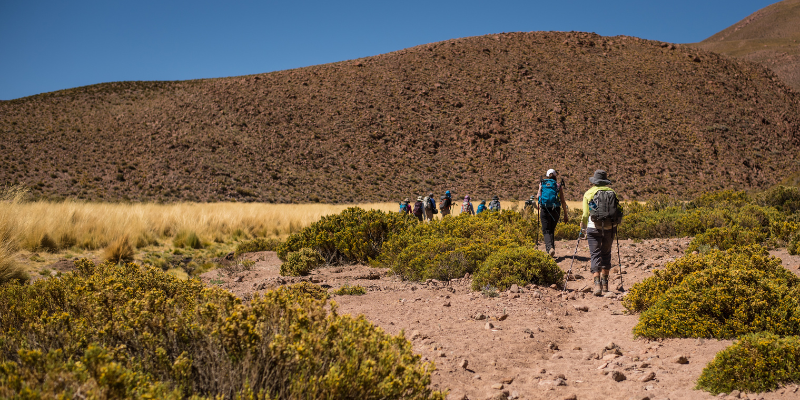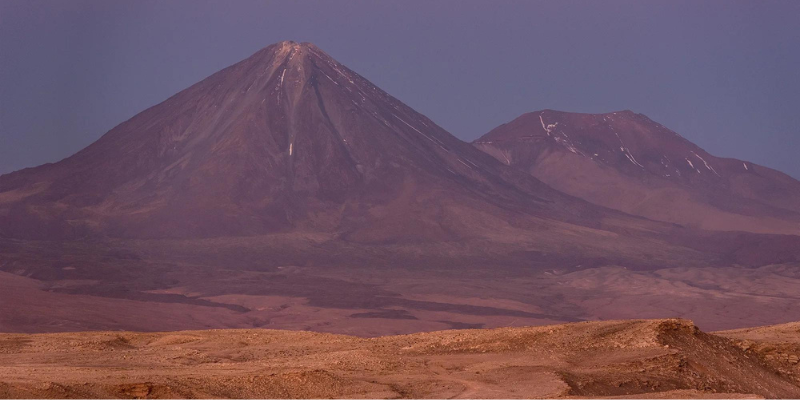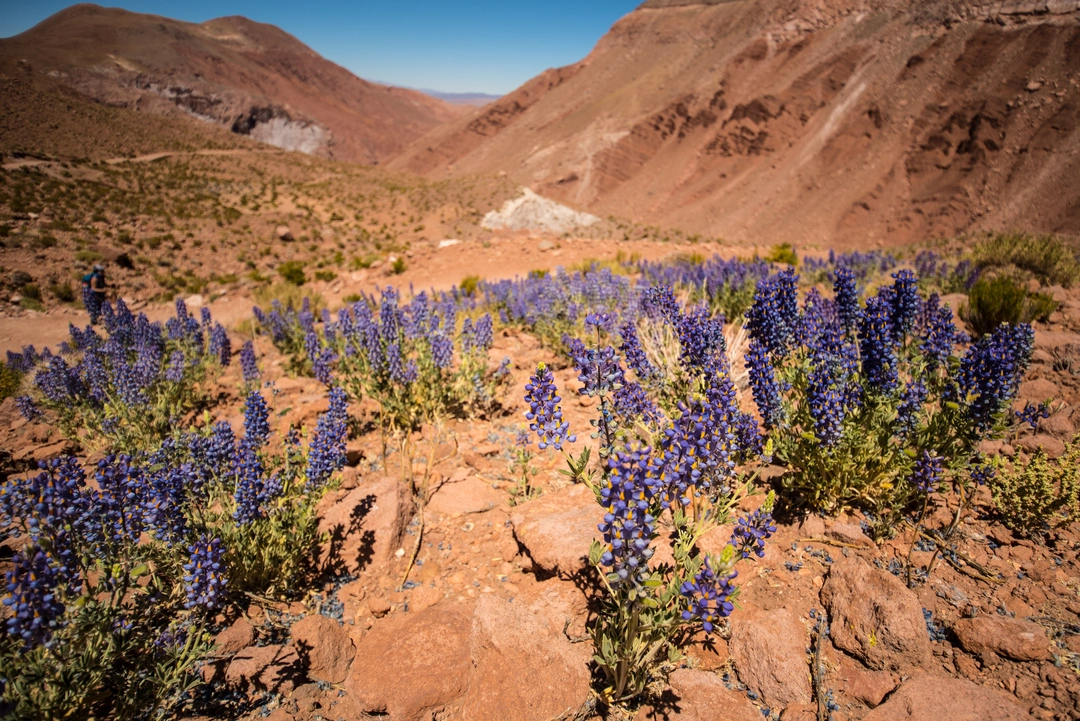When poet Pablo Neruda wrote about the bright stars and night sky of his beloved Chile, he used simple but strong phrases, evoking color and movement. With a few words - “...the night sky is full of stars, and the stars, blue, shiver in the distance..." - he captured a sense of peaceful vastness, coupled with both fascination and helplessness at the grandness of the night sky.
We can’t know for sure what night sky he was looking at when he wrote these stanzas for his famous One Hundred Love Sonnets - maybe an ebony sky sprinkled with silver stars twinkling over the ocean at his Isla Negra home, maybe a night sky clouded with haze amid the bustling of cosmopolitan Santiago - but reading his words today, they bring to mind the impossibly clear, forever brilliant starry skies over the Atacama Desert.
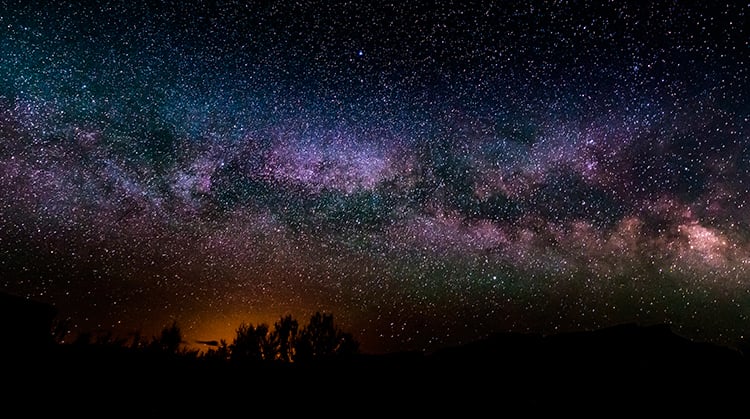
Sprawled over the altiplano of northern Chile, the Atacama Desert's 600 miles are home to an otherworldly mix of the bizarre and the beautiful. Featuring out-of-this-world vistas like Valle de la Luna (Moon Valley), and Valle de Marte (Mars Valley), it is one of Chile’s top travel destinations, both for its diverse landscapes and cultural allure. Visitors can be awed by the steaming geysers of the Tatio Geyser field, observe wild flamingos at the shimmering Chaxa Lagoon, play with optical illusions on endless, crunchy salt flats, hike through jagged valleys of rock and sand, and immerse themselves in the history and culture of this ancient region. The Martian-esque landscapes have even served as shooting locations for outer space sequences in films such as Space Odyssey: Voyage to the Planets.
Recently, over the last ten years, the Atacama has seen a boom in “astro-tourism,” drawing avid stargazers, astronomy enthusiasts, and astro-photographers from around the world who seek out unpolluted skies for the best views of distant galaxies, clusters of shining stars, and the nebulous Milky Way. And the Atacama is now one of their top destinations.
Why is the Atacama one of the best places on Earth for stargazing? The desert has a lucky combination of unique atmospheric conditions to thank for that.
Firstly, the Atacama Desert is located in the nosebleed section of Chile - as in, it's at high altitude. San Pedro, the central tourism hub where most hotels and tourist companies are located and the closest town to top attractions like the Tatio Geysers and Valle de La Luna, sits at roughly 2,407 meters above sea level, high enough for some people to experience mild symptoms of altitude sickness. This high altitude brings the stars just that much closer to Earth, making them clearer and easier to observe. Secondly, it’s the driest non-polar desert on Earth, receiving less than 0.6 inches of rain a year. The lack of moisture also contributes to a lack of cloud cover. Lastly, and perhaps most importantly, the Atacama’s small human population and isolation results in a blissful lack of radio interference and almost no light pollution.
All these elements combine to make the Atacama heaven on Earth for watchers of the skies.
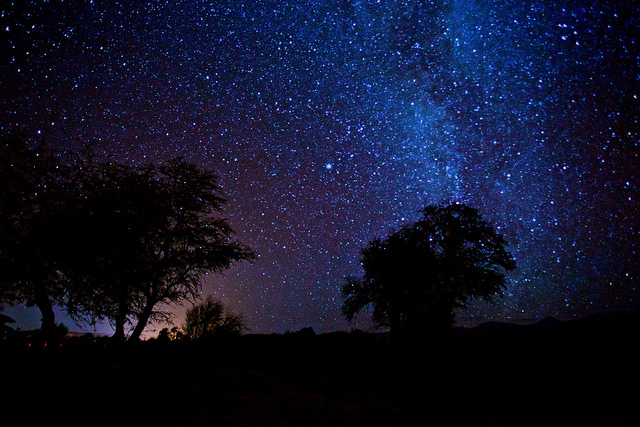
Observatories of the Atacama Desert
Some of the most technically advanced and scientifically renowned observatories in the world are located in the Atacama Desert, taking advantage of the altitude, aridity, and almost non-existent light pollution to scan deep space and investigate the mysteries of the universe.
Sitting perched on top of a hill, the Paranal Observatory is arguably the most famous of the lot, and holds tours for the public to see the facilities. Home to the Very Large Telescope, the Paranal has been instrumental in such groundbreaking observations as tracking the movements of planets around a black hole, and taking the first ever picture of an exoplanet.
But the uncontested giant of Atacama’s observatories is ALMA. Meaning “soul” in Spanish, the ALMA (Atacama Large Millimeter/submillimeter Array) is the largest and most ambitious land observatory ever built, a $1.5 billion, multinational project drawing astronomers and scientists from all over the world to use its immense 66 antennae telescope, which is more powerful than the Hubble telescope. Public tours are extremely popular, and generally need to be booked a month or so in advance. But don’t expect to get too close to ALMA’s legendary telescope. Located at 5,000 meters above sea level, the risk of altitude sickness and the delicateness of the equipment make the site off-limits. But the thrill of seeing one of the most powerful telescopes ever built is best enjoyed from a distance, where the scale of the project can be truly appreciated.
But it’s not just the sky that’s of interest to science. NASA has also used the sandy, rocky terrain to test Mars rovers being prepped for space travel.
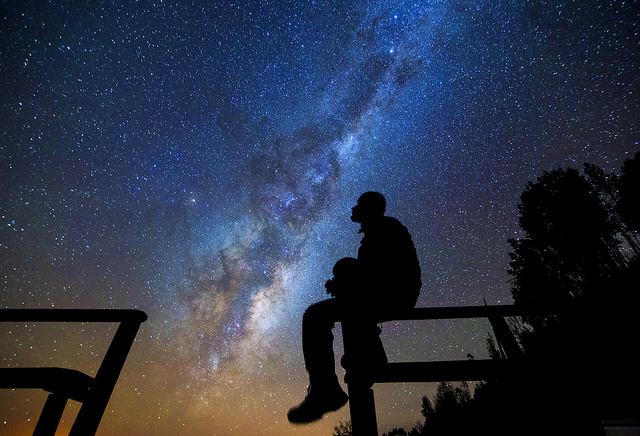
Where and How To Watch the Skies
In addition to observatories offering day tours, most hotels and tourism companies in San Pedro de Atacama offer year-round stargazing tours and excursions led by local astronomy experts with top notch equipment or access to smaller, tourism-oriented observatories.
One of the best ways to marvel at and learn about the Atacama’s night skies is over an outdoor dinner with a local astronomy expert, who offers an accompanying lecture during dinner and points out planets, constellations, and other celestial objects.
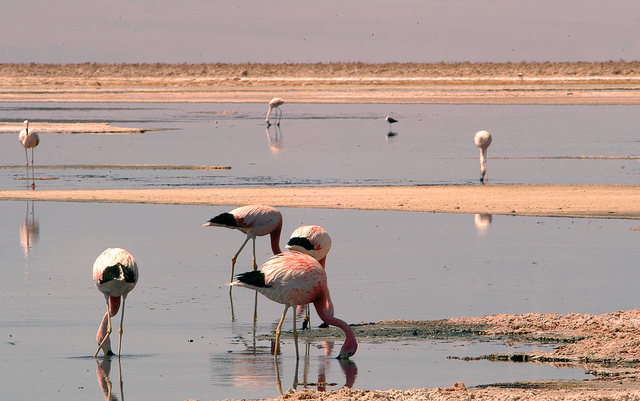
Atacama Stargazing Tips
- Before planning a trip to the Atacama for stargazing, be sure to check this year’s lunar calendar, in case there are any astronomical events you’d like to observe, like meteor showers or eclipses.
- Don't go stargazing during a full moon! At peak fullness, the brightness of a full moon over a desert landscape is a hauntingly beautiful image, but washes out the night sky.
- Invest in a star chart or stargazing apps to find constellations and planets. If you’re attending a tour, the guide will be able to point these out for you, but it’s also fun to try and puzzle out the night sky on your own!
Want to spend a night under the Atacama’s starry skies and learn about the wonders of the night sky? Click here to learn more about our Atacama tours.

